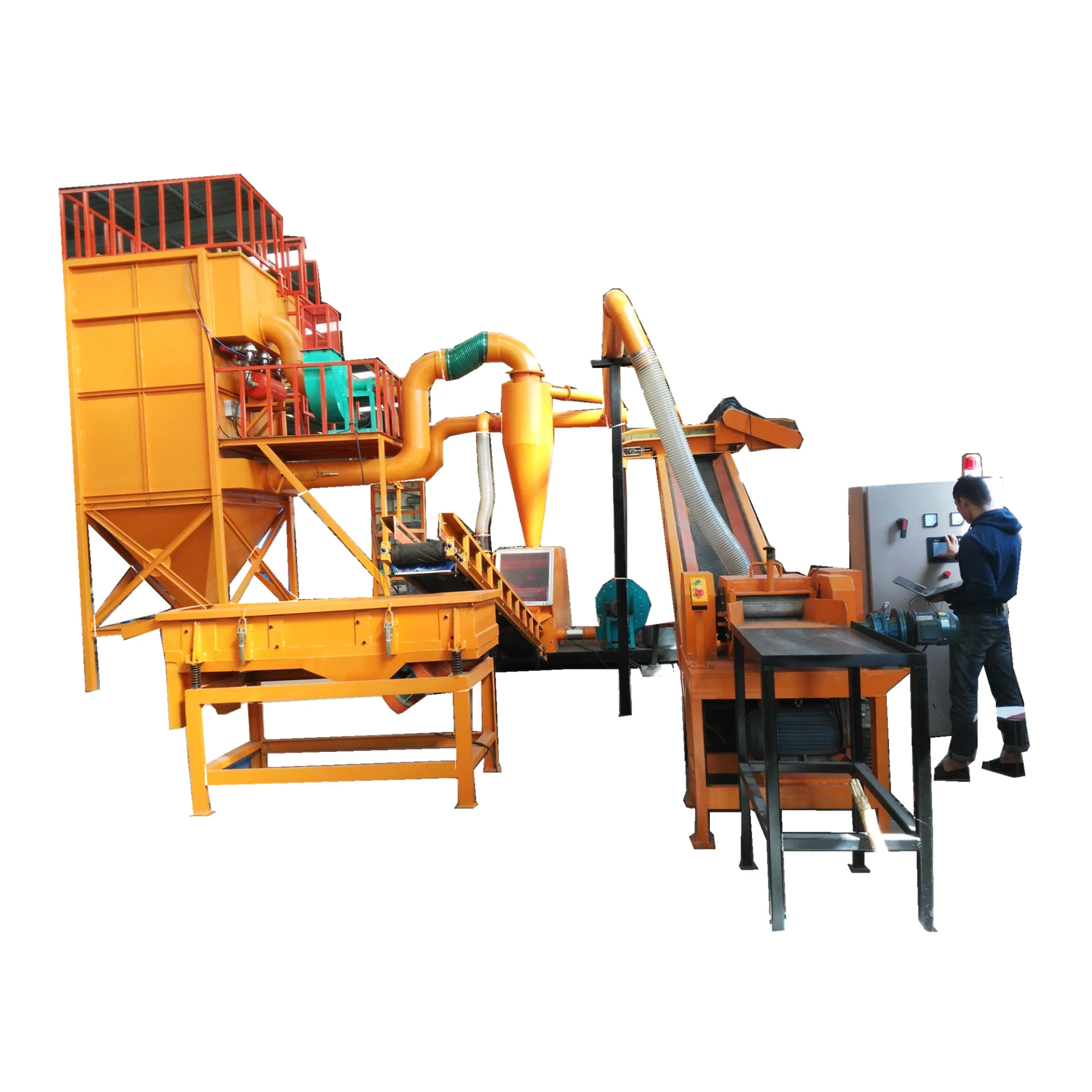Investing in a small metal shredder machine can be a pivotal decision for businesses aiming to optimize waste management solutions. Understanding the nuances of this equipment, its pricing, and its benefits equips enterprises with critical insights for making informed choices that leverage both cost-efficiency and operational effectiveness.

The small metal shredder machine serves an essential role in metal recycling, delivering both economic and environmental benefits. By reducing metal waste into manageable sizes, it enables easier handling, storage, and recycling. Companies utilizing these machines often experience significant reductions in waste disposal costs, effectively turning expense into profit potential through reclaimed materials.
When it comes to pricing, the cost factors are broad and can vary significantly based on several key determinants. Primarily, the machine's capacity and size directly influence price variations. Smaller units, which are more suited for light to medium-duty tasks, typically offer budget-friendly options ideal for smaller businesses or operations with limited space. In contrast, larger machines with higher throughput capabilities can command a premium, appealing to large-scale recycling facilities.

Another crucial factor affecting price is the technology incorporated within the shredder. Advances in design have brought forth features such as energy efficiency, noise reduction, and automated controls, customizing solutions to align with user needs. Although these advanced options might entail a higher initial investment, they often result in reduced long-term operational costs due to enhanced efficiency and durability.
The complexity of materials that a shredder can process also reflects on pricing. Machines designed to handle a mix of ferrous and non-ferrous metals usually come with specialized components, resulting in varied pricing structures. Likewise, manufacturers can tailor shredders with additional functionalities, such as magnetic separation and dust suppression, to meet specific industry standards, impacting the overall cost.
small metal shredder machine price
Reliability and brand reputation stand as cornerstones of trustworthiness in this industry. Established brands might have a higher price point, but their reputations for high-quality machinery and robust after-sales service can justify the investment. Prospective buyers should weigh the machine's lifecycle value and reliability over initial costs to ensure enduring satisfaction and value return.
To contextualize these considerations in real-world applications, one can look at small-scale scrap dealers and medium-sized manufacturing units that have successfully integrated these machines. For instance,
a mid-sized scrap metal dealer in the Midwest U.S. adopted a compact shredder optimized for local operations. The dealer reported a 30% decrease in operational costs and a significant boost in processing speed, enhancing profitability and competitive edge.
Expert feedback underscores the importance of post-purchase support and maintenance in achieving optimal performance from shredders. Regular maintenance, timely servicing, and having a reliable support team from the manufacturer can drastically minimize downtime and extend the machine's operational lifespan.
Moreover, the machine’s eco-friendly technology complies with regulations, promoting sustainable practices that resonate with environmentally-conscious consumers and partners. Establishing a recycling system not only manages waste but also supports corporate social responsibility goals.
Ultimately, while the price of a small metal shredder machine is a significant factor in decision-making, the strategic benefit lies in integrating technology that aligns with your specific business needs. Businesses should conduct a thorough cost-benefit analysis, considering both immediate and future needs, while also consulting with industry professionals to personalize their equipment choice. These strategic investments not only contribute to operational enhancements but also forge pathways toward sustainable growth and environmental stewardship.


